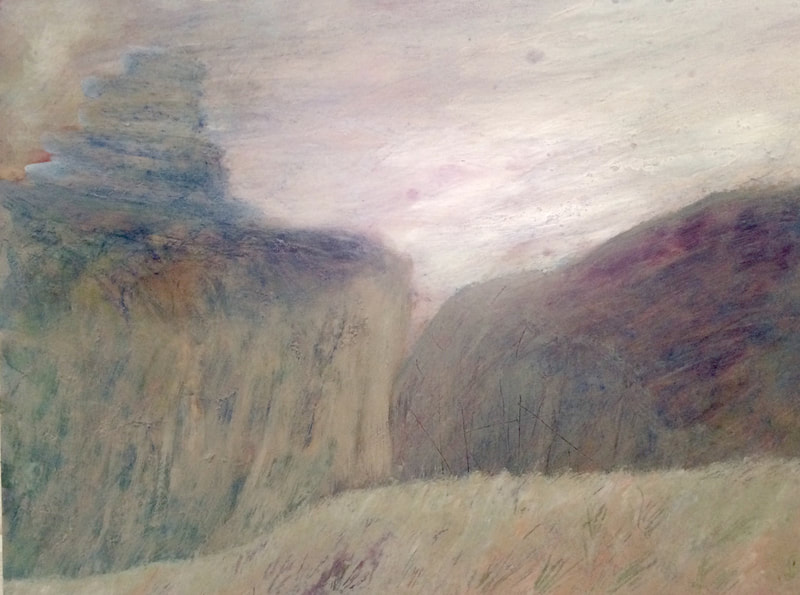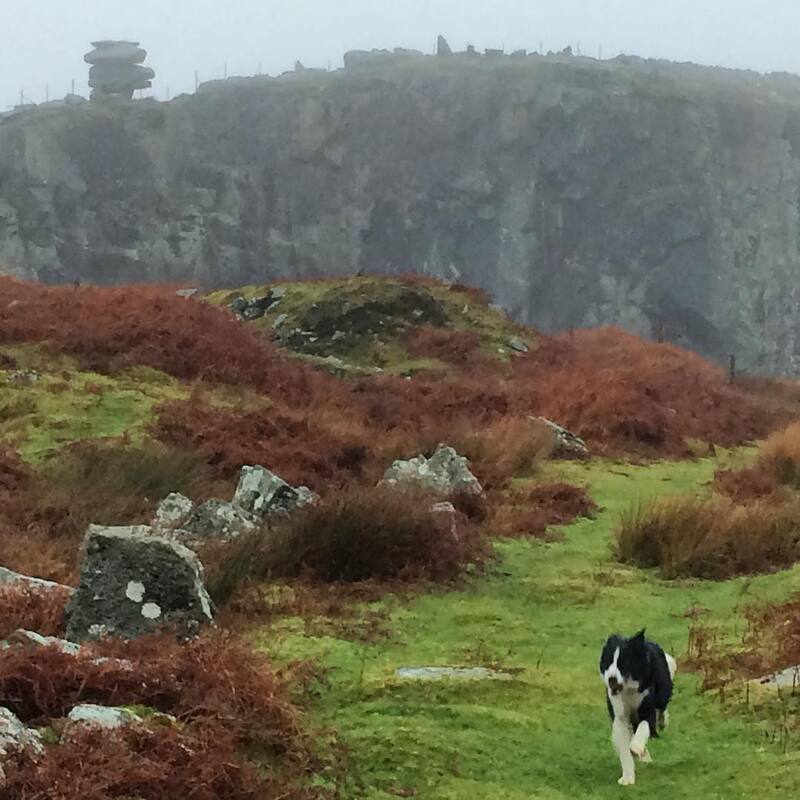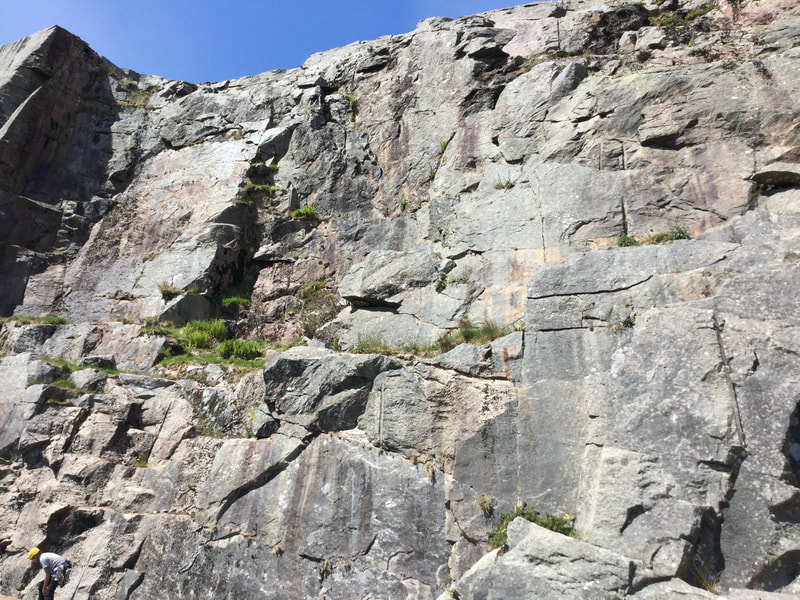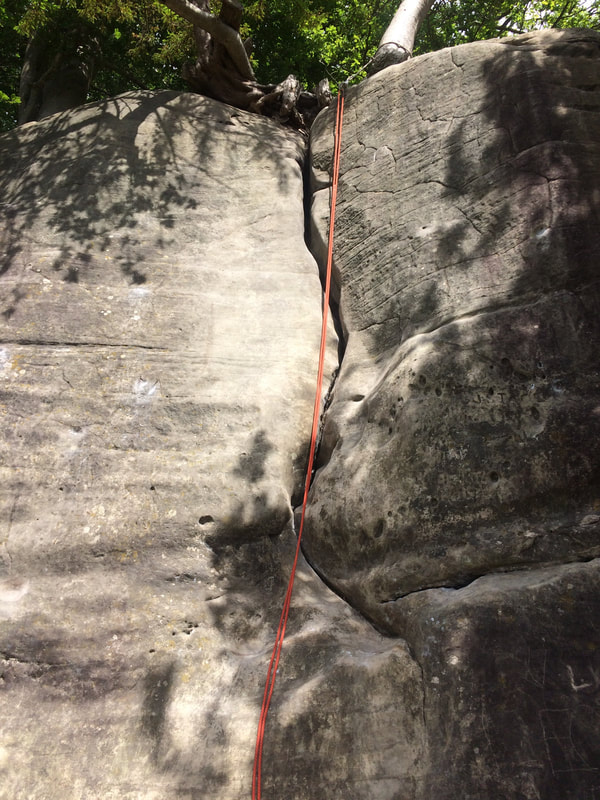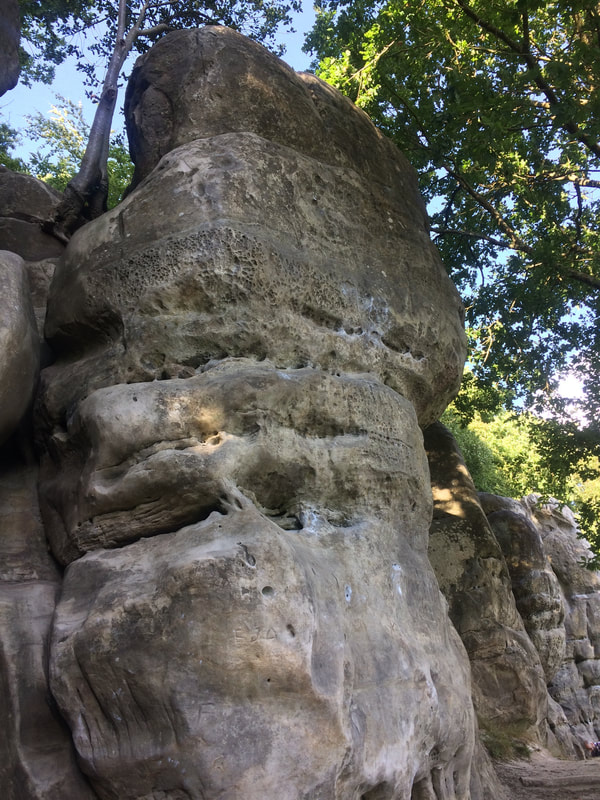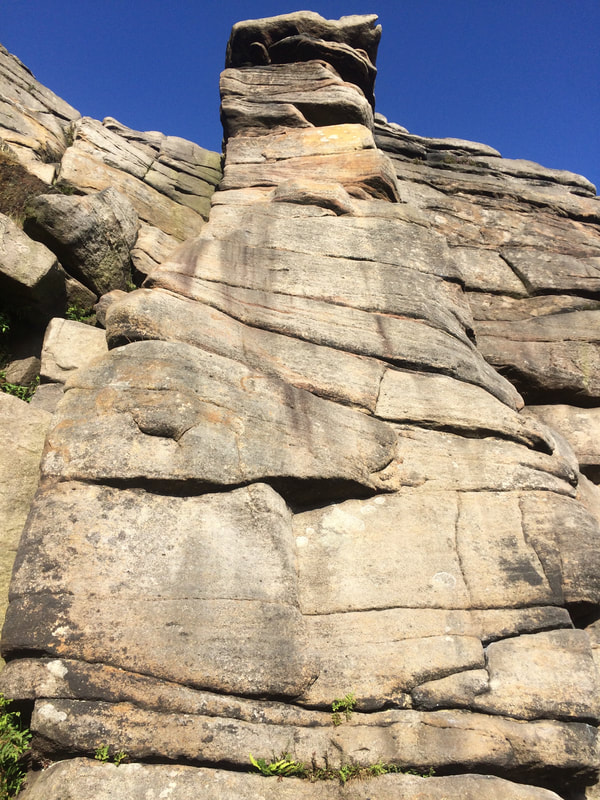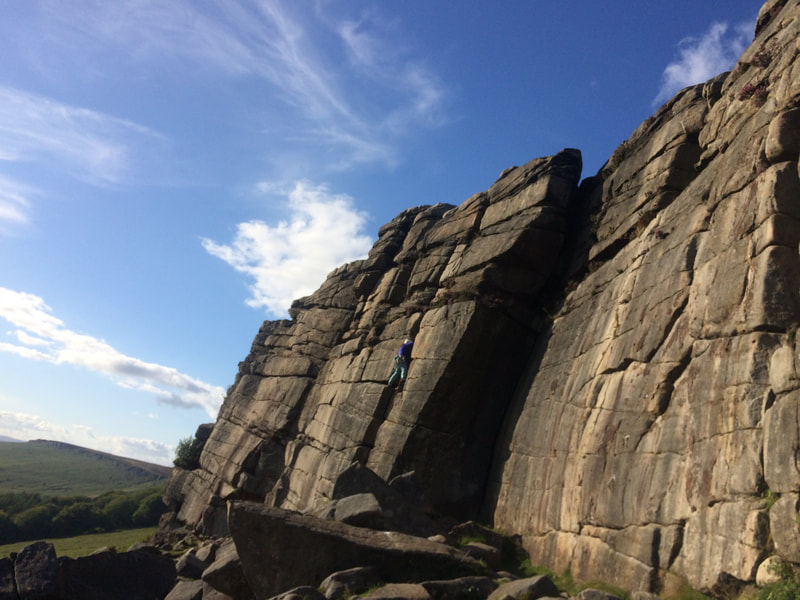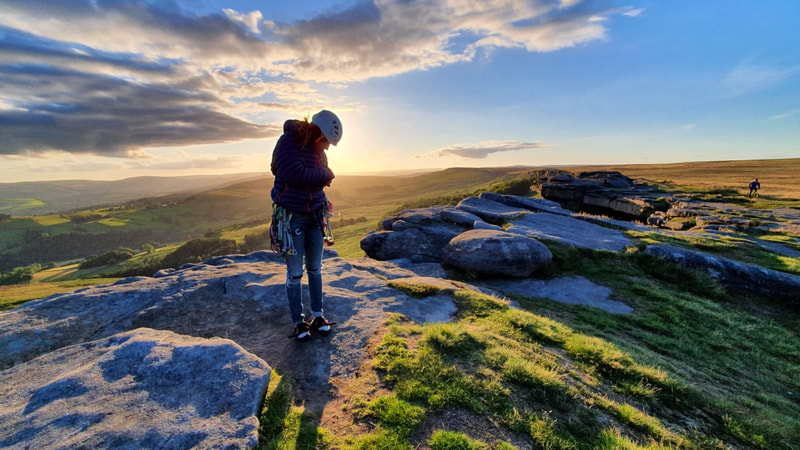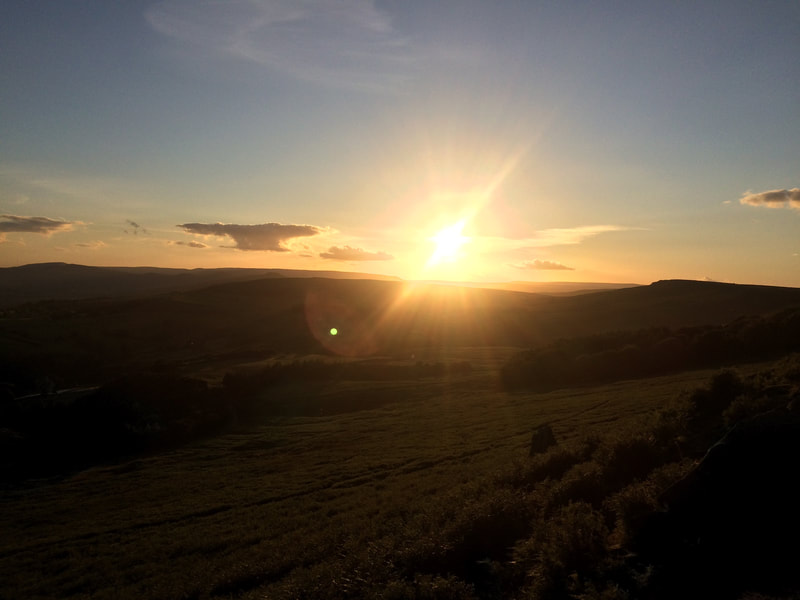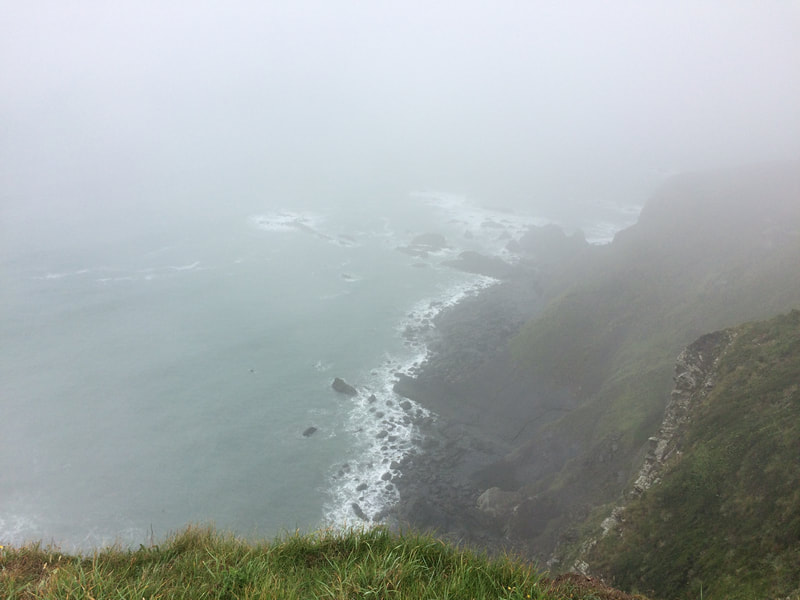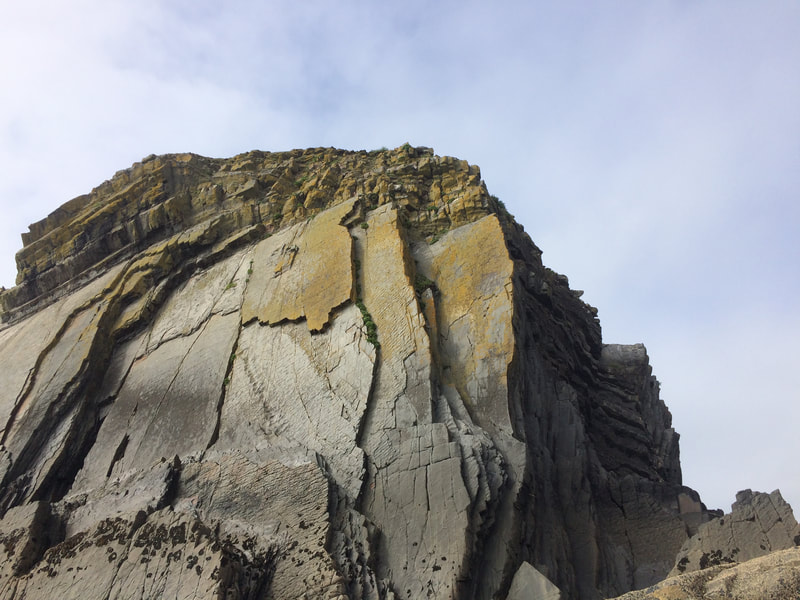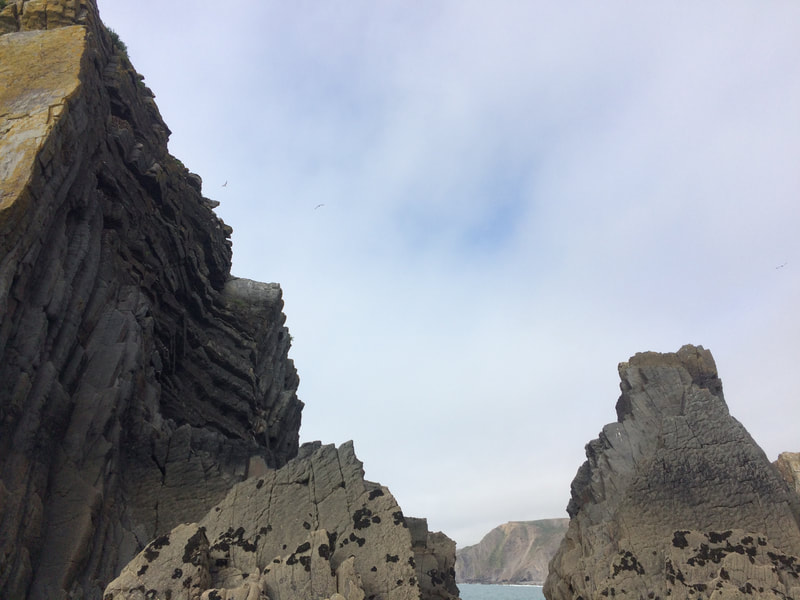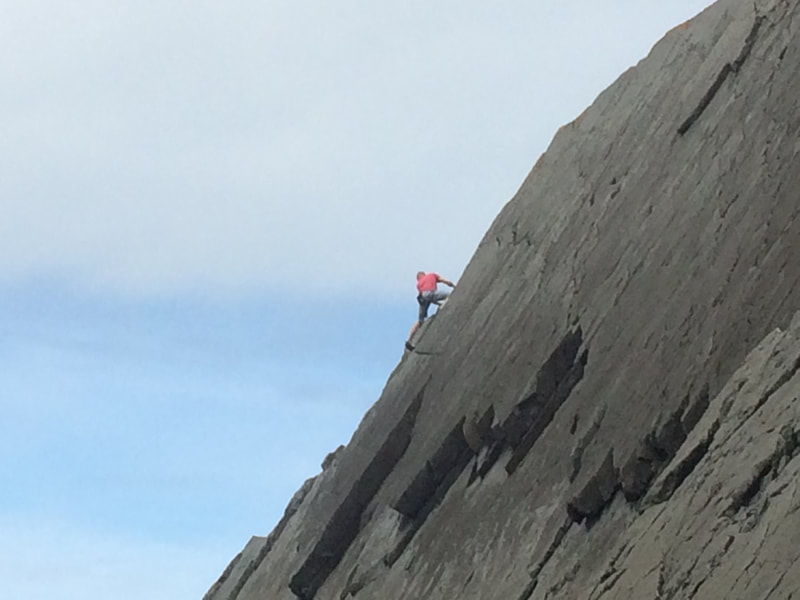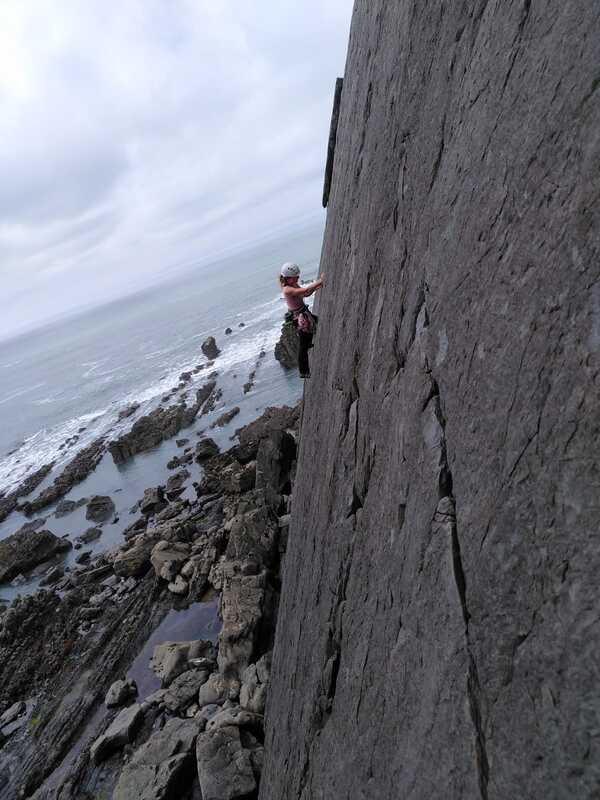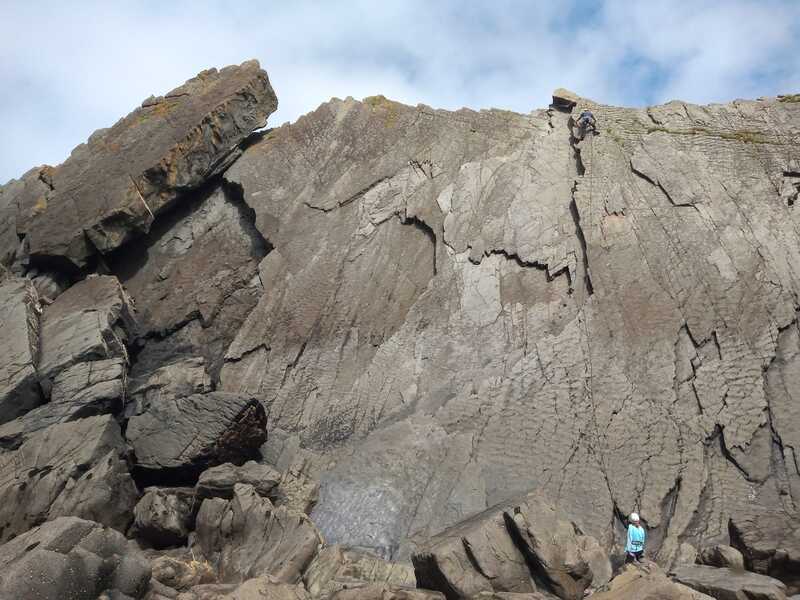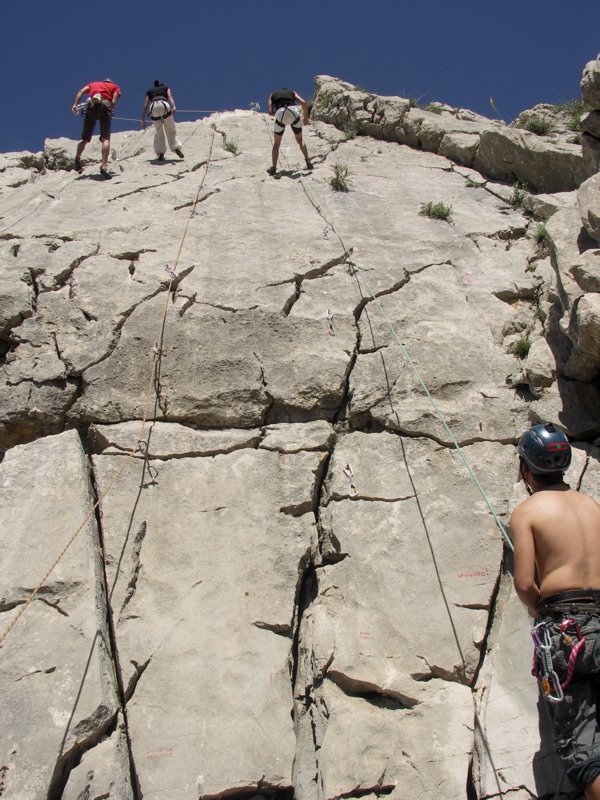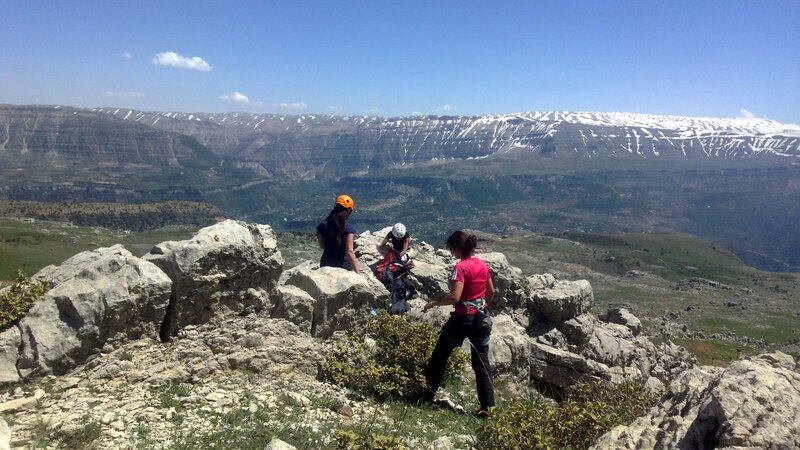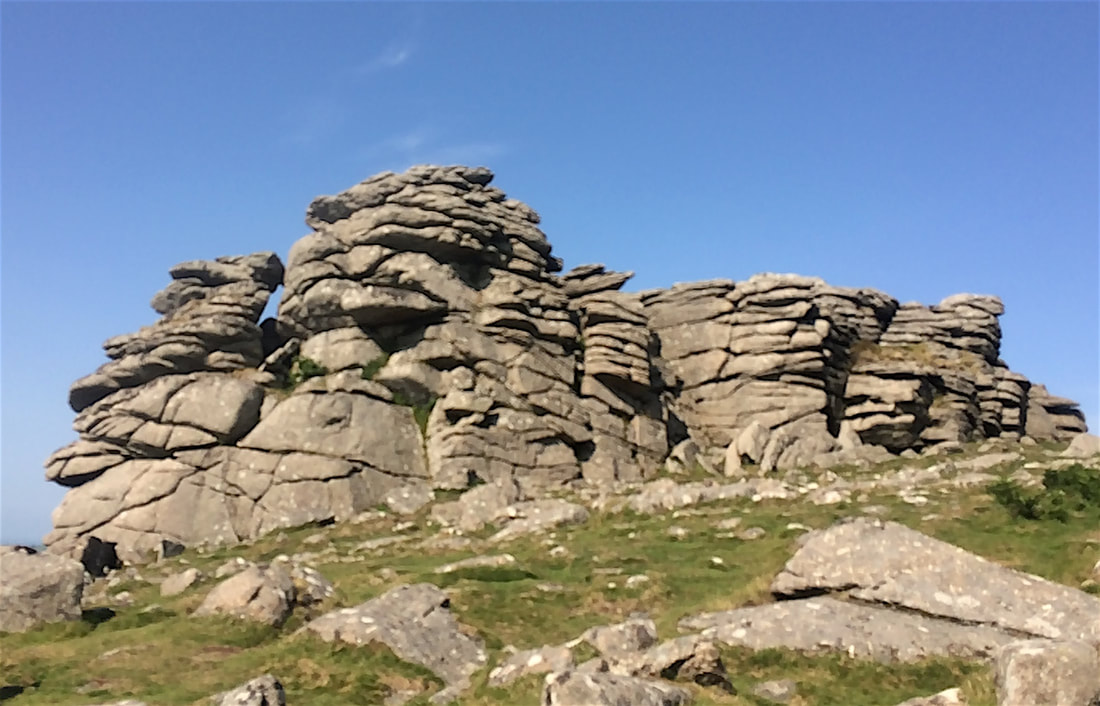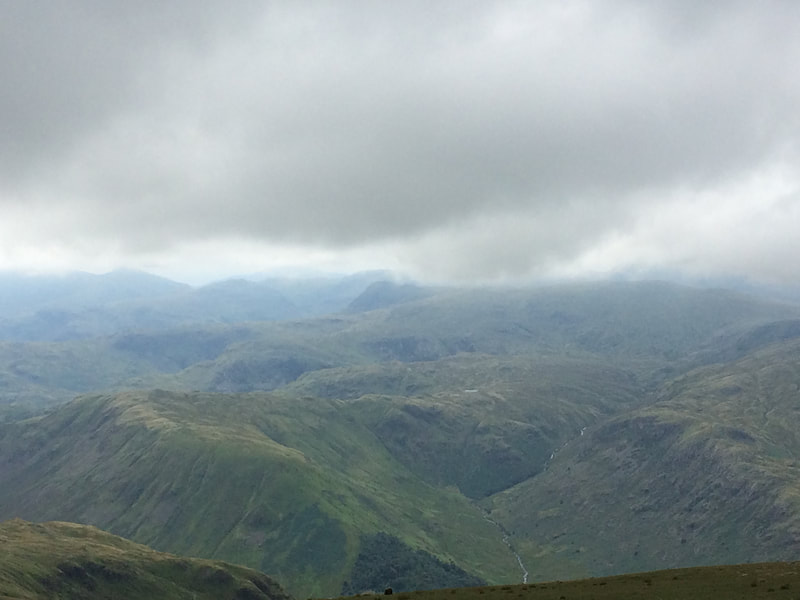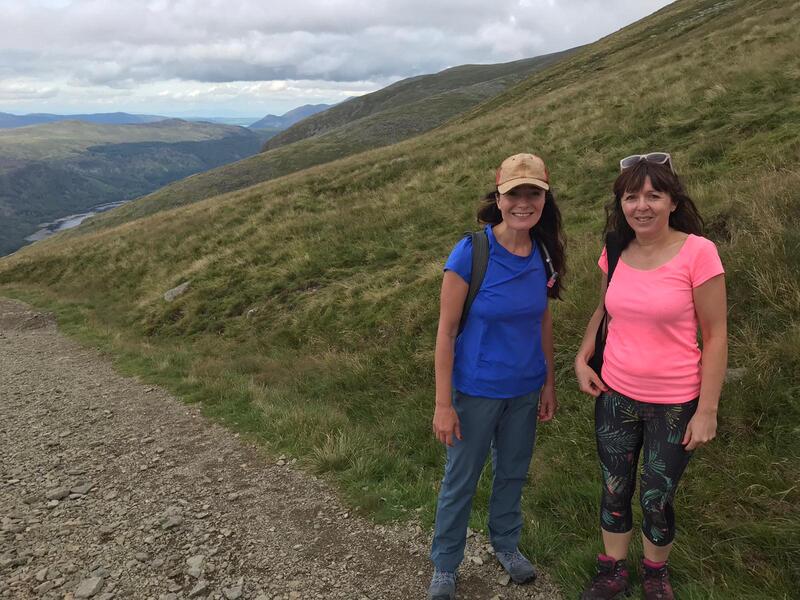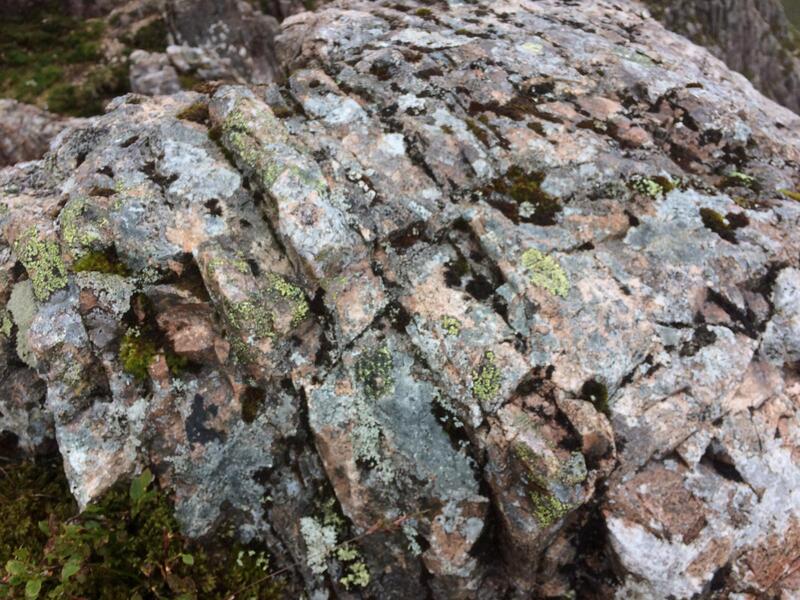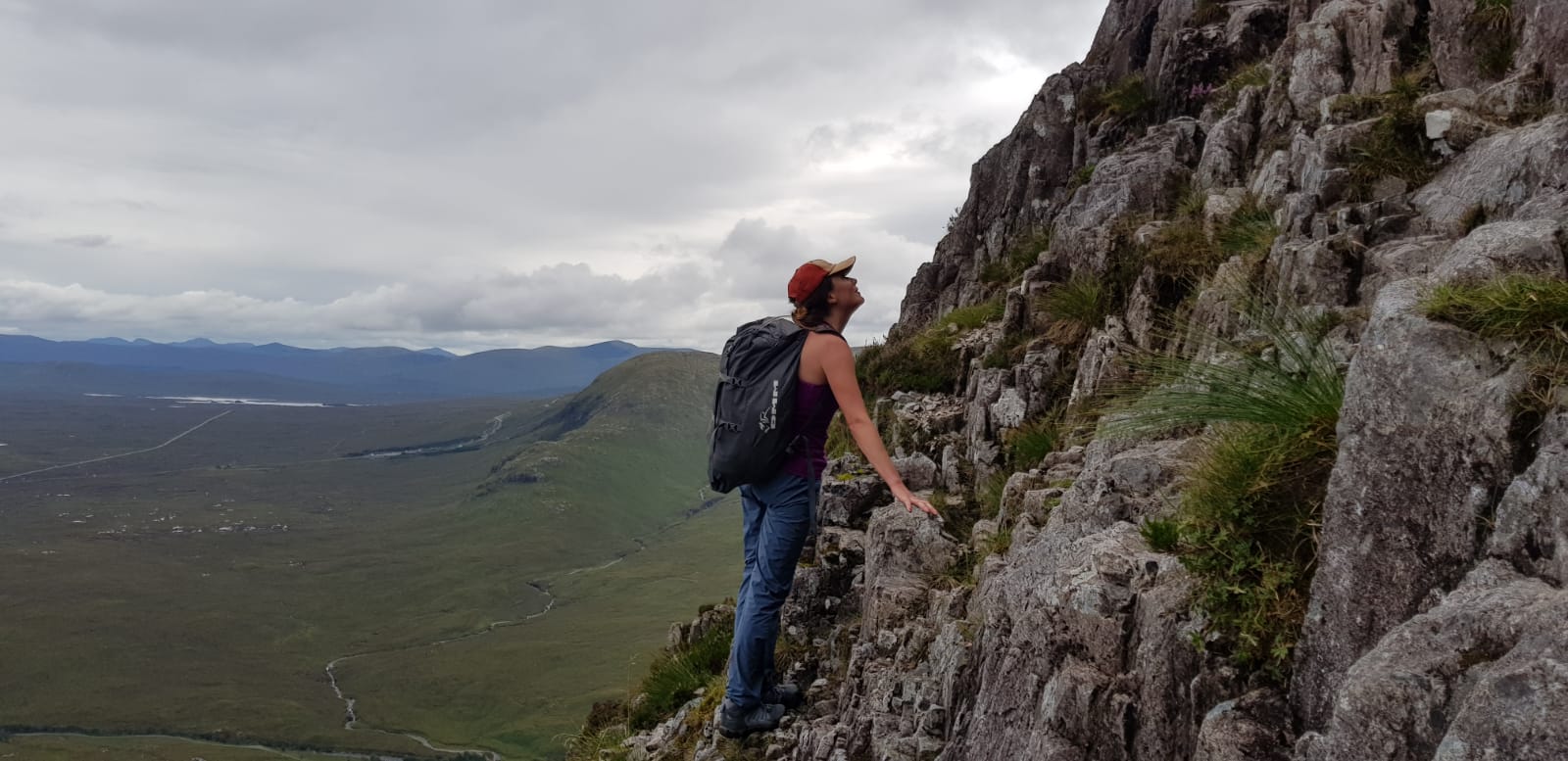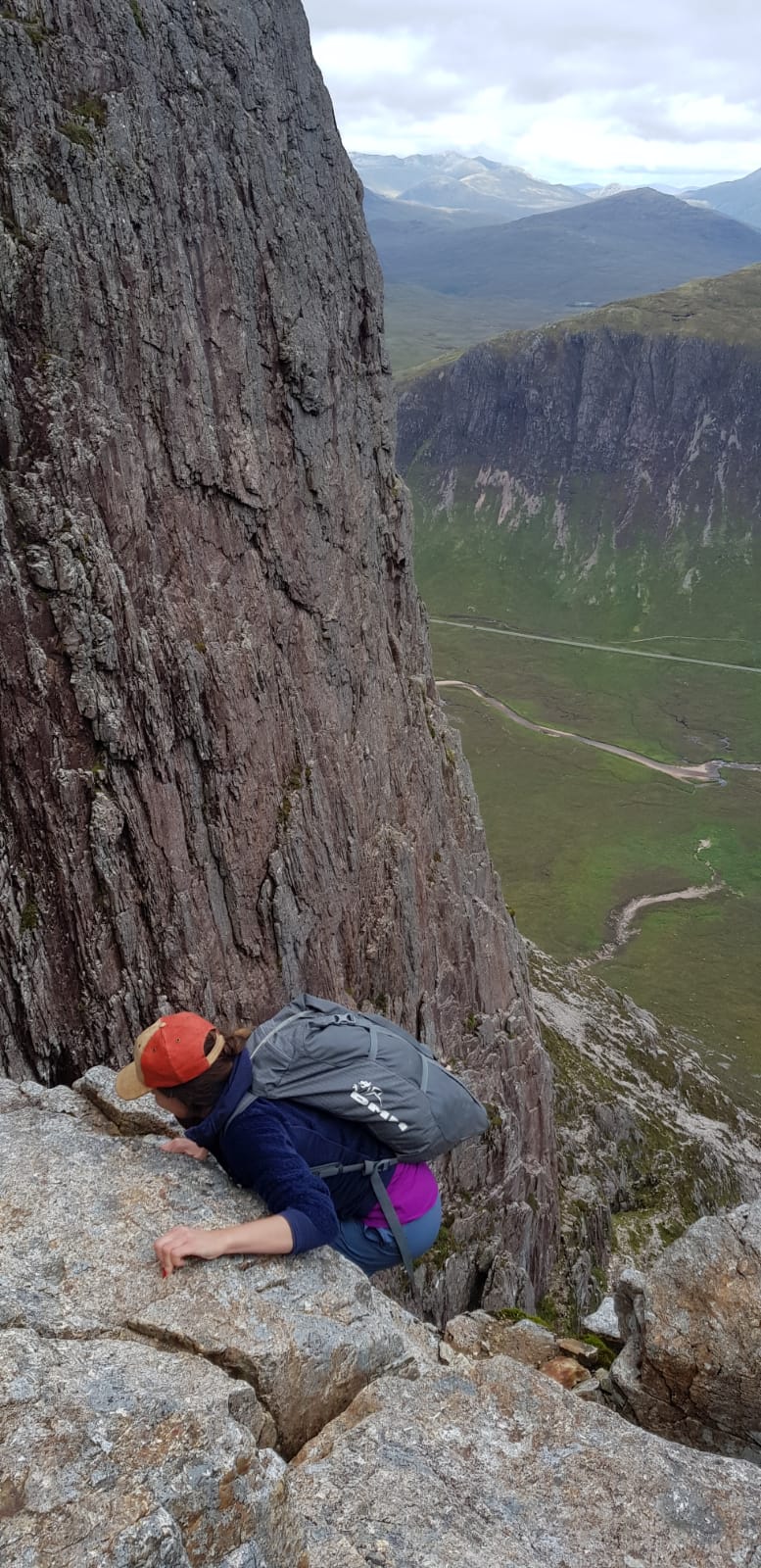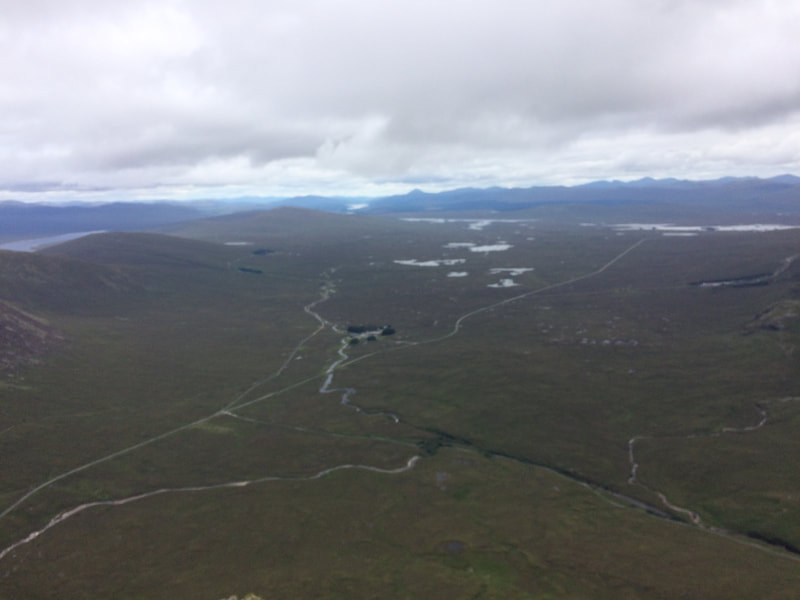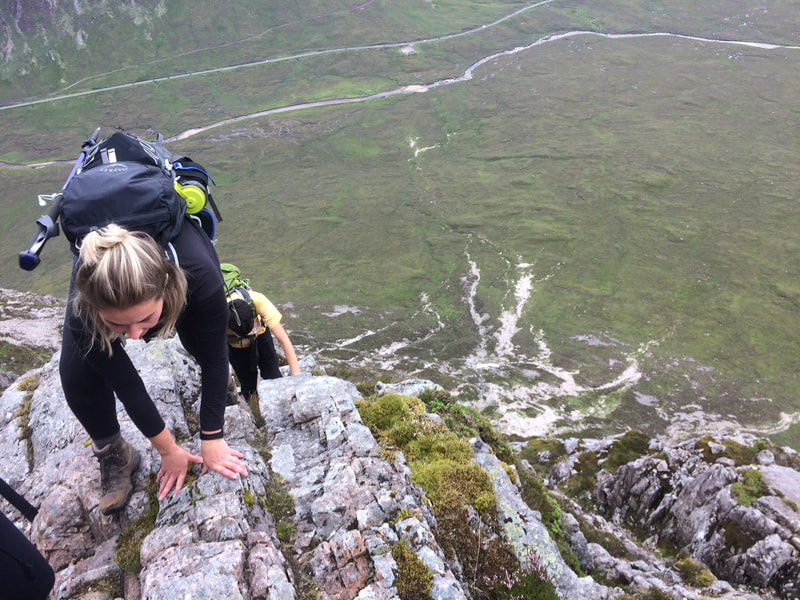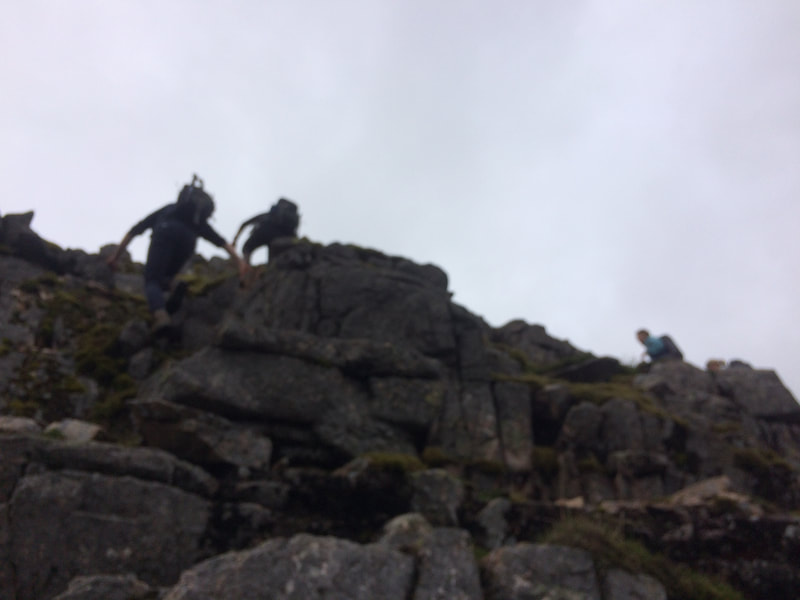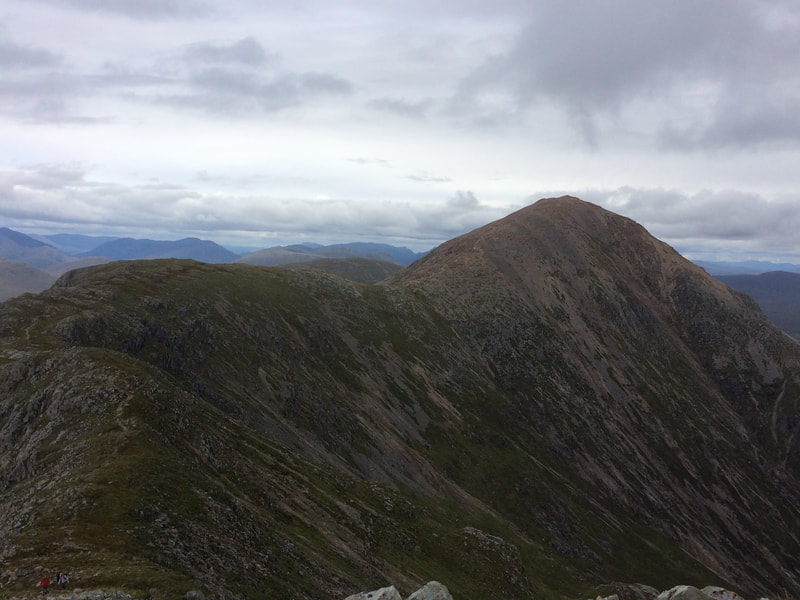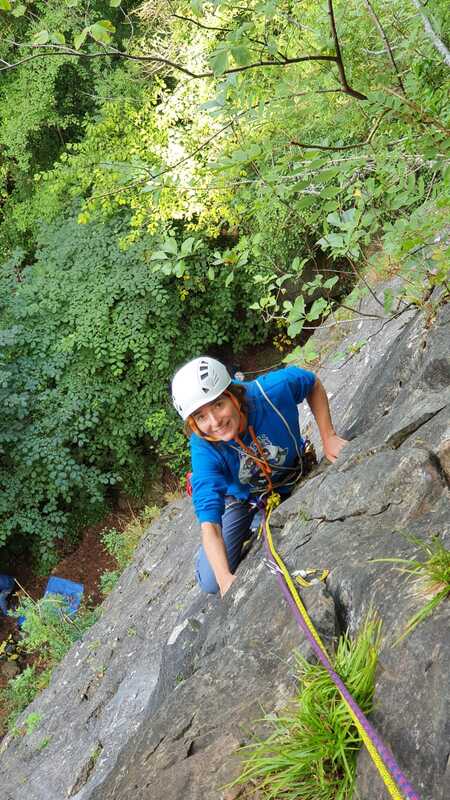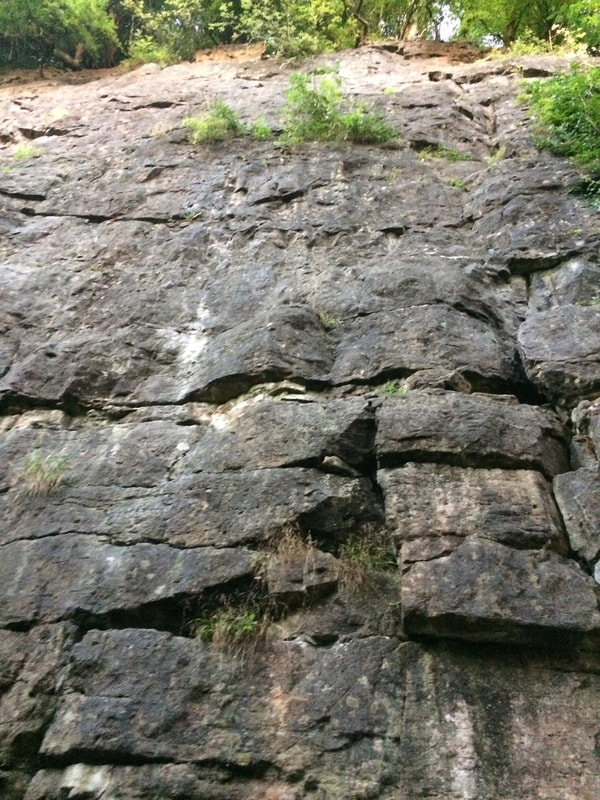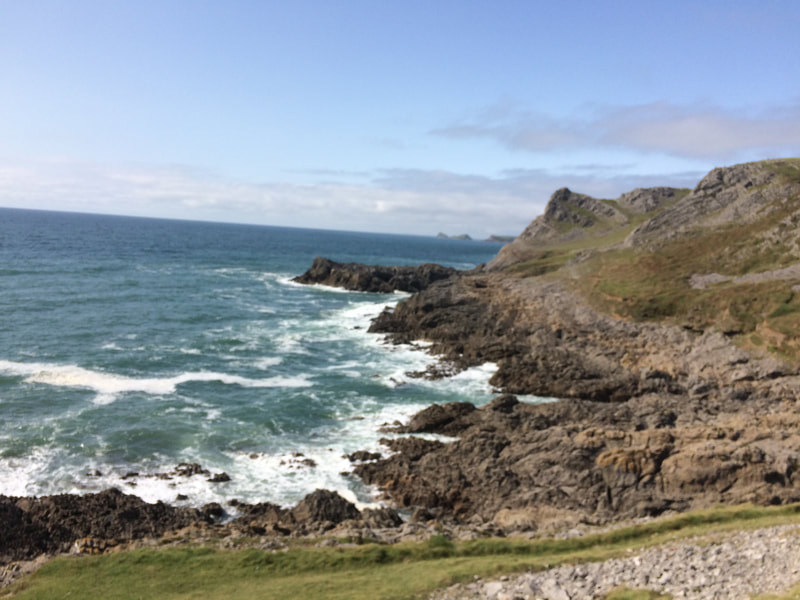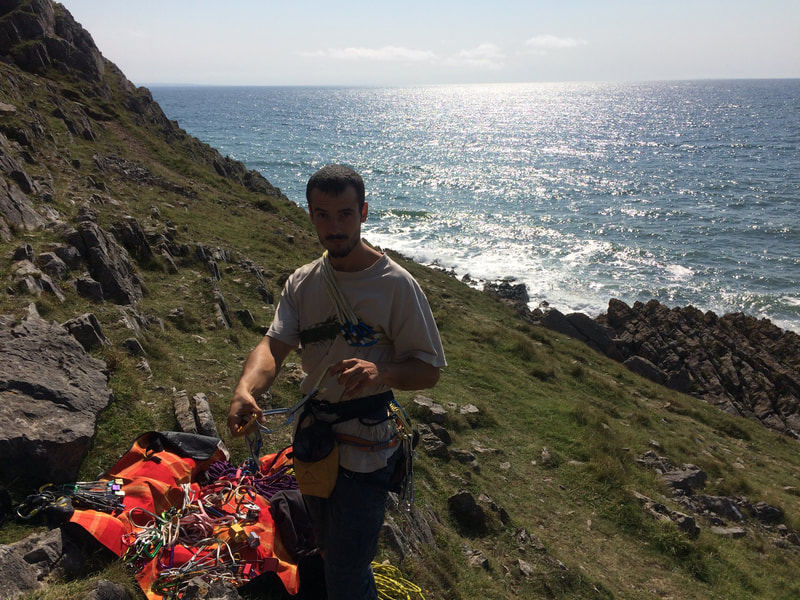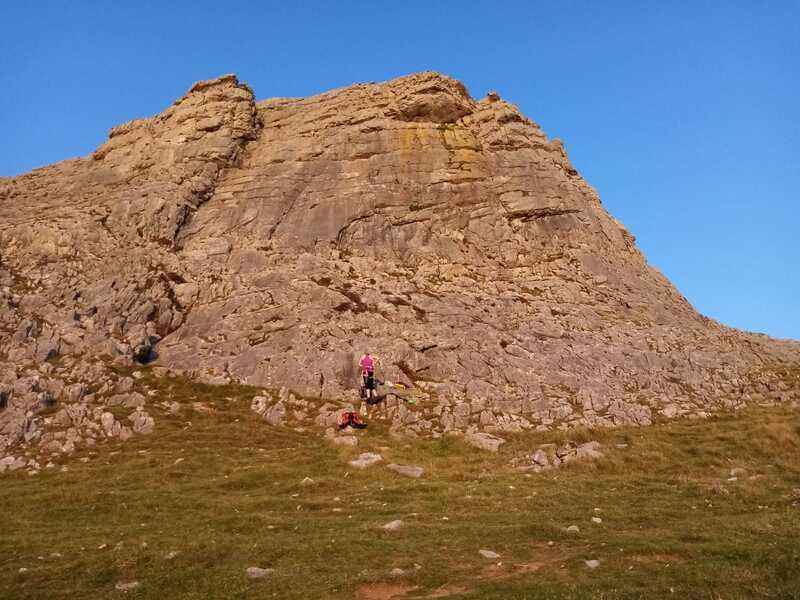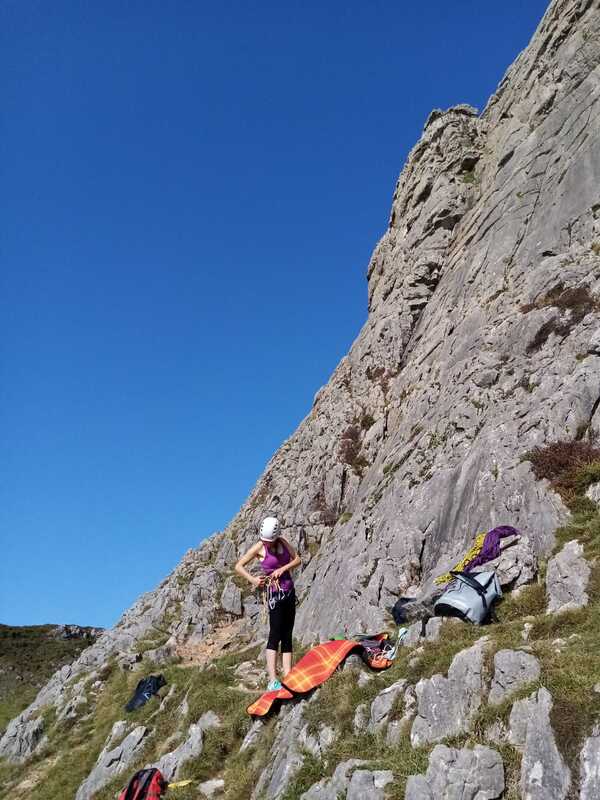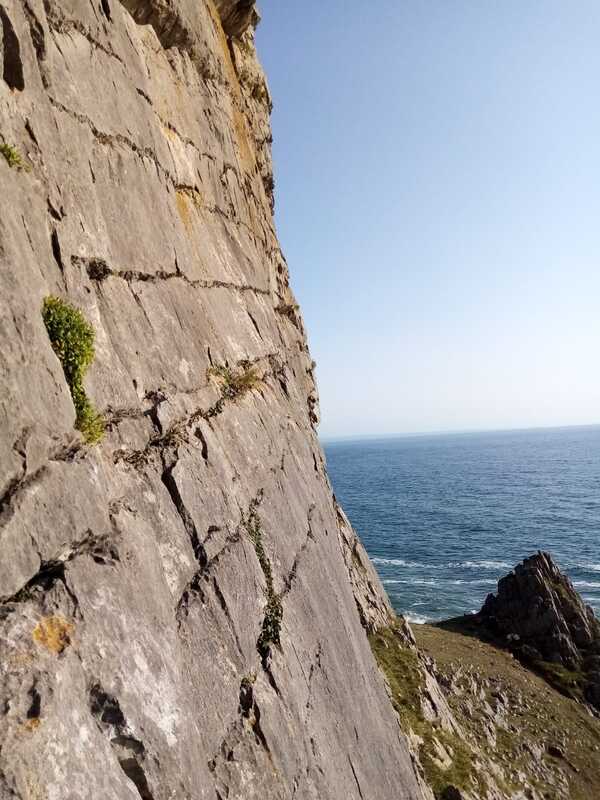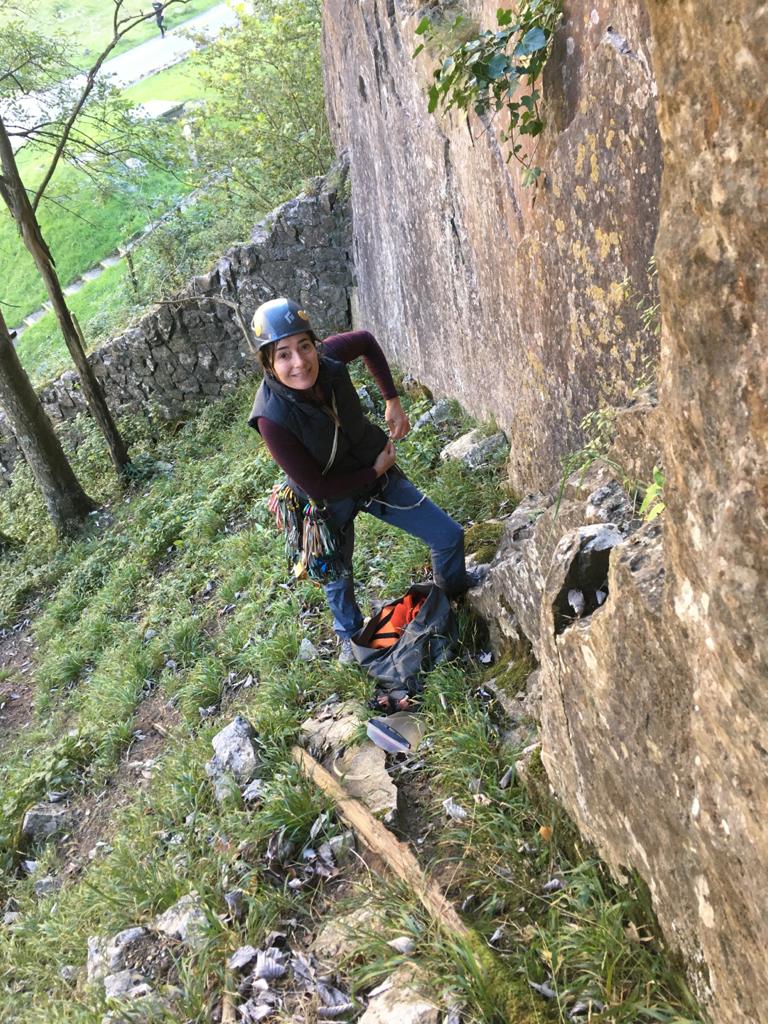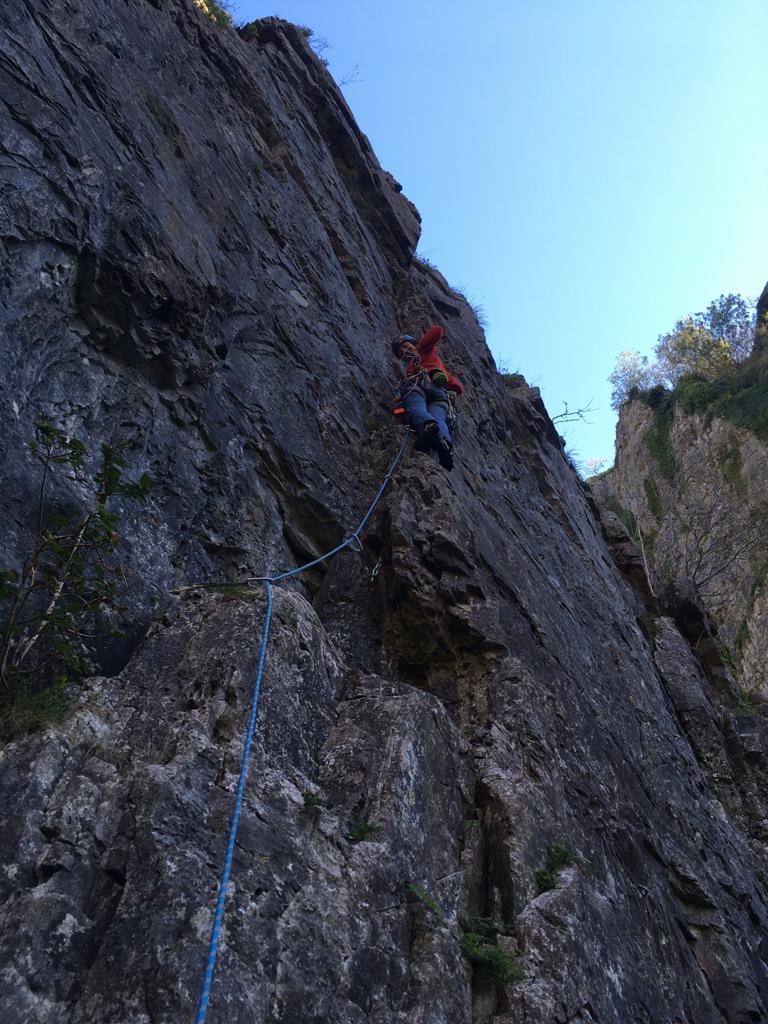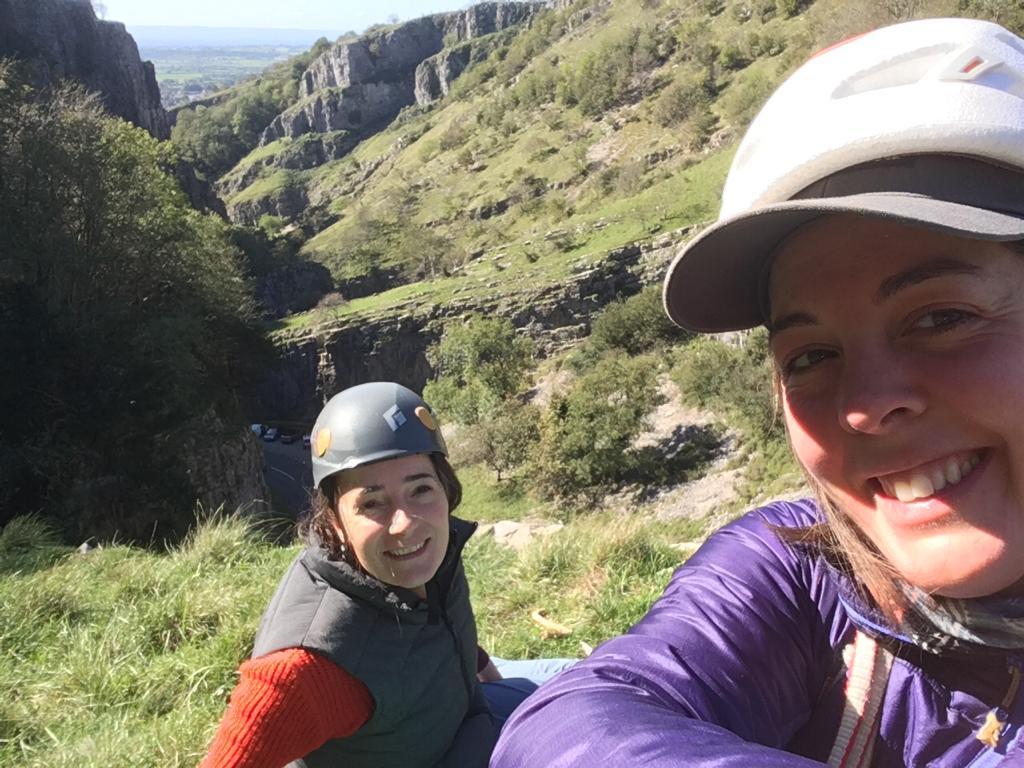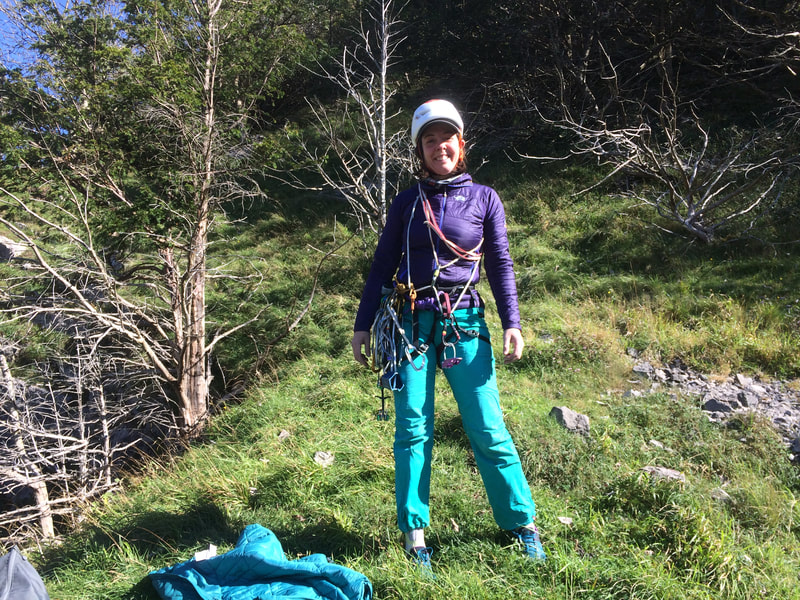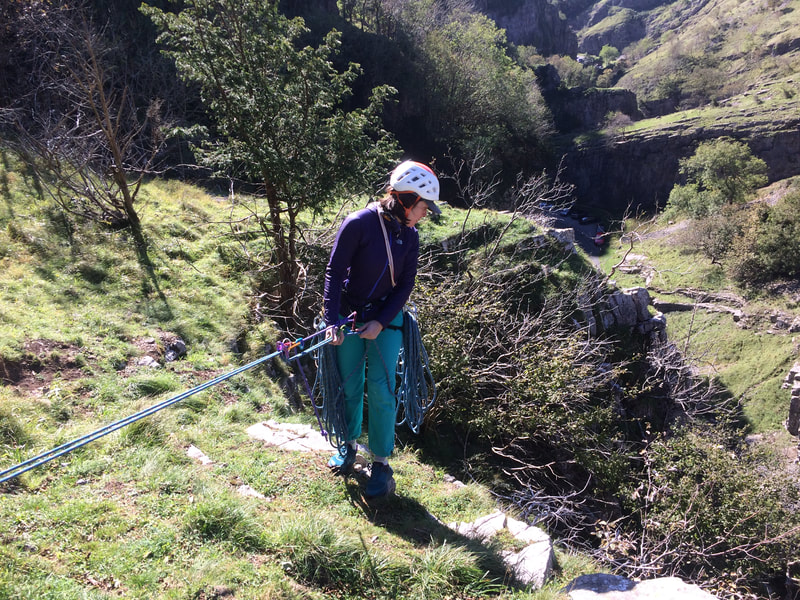|
Cheesewring, Cornwall, UK (Granite) Six Month Indoors Outside: A Stone Review Granite The last six months I've not been to see any any exhibitions, gigs nor films. We had COVID-19 kick in and everything shut. Cancellations flooded in and we all stayed in, other than when we went outside, so I can review stone on this blog today. My first port of call has been Cheesewring Quarry in North East Cornwall. It feels like home as my parents took me for walks there as far back as I can remember; it's named after the boulder perched overlooking the quarry, chunky layers of granite. Naturally for years I called it the Cheeseburger without trying to be funny. As with many quarries the sense of stillness is immense; after walking over moorland with sheep and wild ponies roaming around, often strong winds, the quarry has an echo of the wide winged birds soaring above, sheep bleating and a sense of timelessness: which buildings and roads have been pulled out of this Cornish wild? The sun sets over the main central face - you can lie down on a boulder bathing in this magnified warmth until every last drop disappears behind the rock face, ready to greet you on your walk back down along the open and sparse land. For the first time this year I climbed the quarry wall. In the past I've scrambled and played about climbing boulders low to the ground but on a course in North Wales (Rock Climbing Instructor training - you can consider it like a video camera for a photographer - tools in the toolbox) I met Dan, a friendly and accomplished climber who lives nearby, so we climbed the higher areas when lockdown eased. It's mainly trad (traditional) climbing, meaning there aren't bolts or ropes in place but you place your own temporary pieces by lodging them in cracks in the rock or putting slings over boulders and sticking out bits. It felt high and my legs were a bit shaky, but beautiful to be climbing the Cheesewring at last, this place that I've always loved and in adult years mainly visited with Lilly the Collie, who seems to get very happy there. Whilst climbing the main face a woman walked in with two collies off leads, I was a bit distracted asking her to put them on the lead whilst following Dan up the first pitch, they risk being shot if a farmer spots them chasing sheep. This was quite a heady climb, we had to traverse around a fairly exposed area 3/4 of the way up; I used lots of my therapist tricks to keep calm and keep moving - saliva in the mouth, deep breaths, reminding myself it's not not too hard just high and stretch around the corner. A couple of months later, having been out and about a bit further and climbed trad several more times it still felt quite daunting but much lower and more friendly. I was interested in how much our perception and memory influences our realities; confidence or lack of it is a real game changer in so many situations. The climbing is hard here, it's granite so pretty stable but the small cracks don't give a lot of choice / options for placing gear and though it's accessible it's also quite exposed and can get fairly slippery on the face in the sun. There are routes mapped in the Westcountry Climbs Rockfax guidebook and more in Cheesewring and South East Cornwall, St Ives printing and Publishing company. The latter has routes mapped for bouldering the actual cheesewring feature; which I was surprised by. I would never do this, it's old stone with ancient lichen and is a striking landmark - I wouldn't blame a local for striking me if they caught me standing on it, much as the farmer has every right to shoot sheep chasing dogs! Dogs chasing sheep. I meant that as in, she is a sheep chaser, a sheep chasing dog, but can see it could be read another way. I'm looking forward to exploring that rock face more, it really feels like home and an anchor point for me in many ways. An art project or set of artworks spanning a decade started there; I've painted it, written poetry linked to it when I first moved to London.. recognising the stone in monuments and famous buildings had moved from their natural environment too. Quarries often referred to as scars on the landscape form worlds within worlds if you let them. Harrisons Rocks, Kent, UK (Sandstone) Sandstone Speaking of London, from there I have been able to make day trips to sandstone, in Tunbridge Wells. As lockdown relaxed we were 'allowed' to meet another household outside, but with severe limitations which ruled out lift sharing. I remembered a fantastic climbing partner Adrian, I'd met there a few years earlier, lived nearby so we climbed at Harrisons Rocks and some other sandstone crags in the area, which was a very different situation... in Cornwall there was only ever one other pair climbing and usually none, this sandstone is close to London and with all the gyms closed a lot more people were there than usual. Always popular now it had large groups of people bouldering and some climbing without arranging their ropes in accordance with BMC guidance. Adrian is an access rep for the BMC here, so I learned a lot and it was a great way to start rebuilding my confidence having had most of 2019 off with an injury and then lockdown. Sandstone climbing is all on top rope or solo (no rope) as bolts and trad gear would break the rock surface and be useless; the rope is anchored at the top, taking away a lot of the work of trad climbing, or sport climbing where you clip your rope in along the way. It can be more technical, with less obvious holds for your hands or placements for your feet. I was nervous even on top rope, whereby if you fall you really don't go anywhere; my instincts were telling me I should not be perching up high on something so easy to fall off, following all this sedentary time on the ground. I started to trust my feet and the rope more, get a little stronger emotionally and physically and learn some helpful moves - jamming my hands into cracks and pulling up on them and pushing my feet against the flat surface of the stone, using my weight and body angle to stick. One of the crags closed during this time as so many people had climbed it that the surface of the rock wore away exposing less dense sand underneath. This is why rope placements are so important; you place a static rope (climbing ropes have a bit of stretch in them) at the top, then carabiner - metal locking ring - and run the rope through that so it dangles over the edge of the crag without wearing away the top layer. Without this there probably wouldn't be Southern Sandstone climbing opportunities for much longer. Funnily enough what we call top roping is bottom roping, when the person holding the rope is standing on the ground belaying ; it's top roping when they sit on the top of the climb and belay you from there with an anchor to support them, but most people call it all top roping if the climber doesn't have to clip and has a partner / rope to catch their fall. I'd not really seen the appeal of sandstone in the past, being from Cornwall with sea cliffs and also climbing a lot in Spain - I like long remote routes that are up and away - not technically difficult but challenging and fun adventures. Climbing with Adrian, who gave lots of useful tips and encouragement as well as being enthusiastic himself meant it started to click and I began to really enjoy the challenge and sociable nature of these routes, bought a climbing guide, which I had fun spotting my pals in: Rockfax Southern Sandstone Climbs - Daimon who made it and his partner Emma are friends from the local climbing gym (The Reach) so lots of locals modelling the climbs! For the first time I became interested in ticking routes off and checking the grades; I would do that in a gym but less so outside. I had noted some in the past mainly for instructor assessments, but I started to find a satisfaction in knowing what I'd climbed and reading what others thought of it; it was compelling to learn more details and plan ahead. At the time of writing exciting potential is opening up through this interest and some beautiful guidebooks. Stanage, The Peak Distract, UK (Gritstone) Gritstone Lockdown eased further and we climbed Gritstone in the Peak District, which was more familiar - closer to the granite of Dartmoor that I grew up with, but steeper and higher so trad again rather than bouldering or deep water soloing (DWS), which is popular in the Westcountry. There is plenty of bouldering in the peaks but if with a climbing partner I prefer to do routes. After a couple of days I started to remember what I liked about climbing, muscle memory kicking in and starting to let my body think along with my head. It became easier to arrange my equipment and pieces of the jigsaw clicked together. Culm Recently I also explored Culm, on the North West coast of Cornwall. It's a type of sandstone - a mix slate and limestone too - unique to the area, quite crumbly but plenty to hold onto and it doesn't scratch the skin like granite. This was trad climbing again with Dan and our mutual friend Will. Will is a childhood friend and the first person to take me climbing, I remember admiring his beautifully engineered gear - the shiny, colourful clips and ropes placed in rural spaces looked a bit like my artwork. His enthusiasm was catching and I was lucky to have him as an early climbing partner, choosing gorgeous routes that were challenging for me but doable. It's a pity when someone feels they can't climb or climbing is not for them after one or two tries; I often wonder if they needed an easier route to start on, along with encouragement over even constructive criticism in the early days, with someone else doing the work to keep them safe while they get a taste for it. The sea cliffs this time (August 2020) were stunning, refreshing, a good hight so you can have a decent climb but not so high it takes all day. Some anchors already at the top (slings and carabiners strategically left by previous climbers) and sling ready rocks simplified things at the top, with the calming sound of crashing waves. This is another environment where you can expect to be the only people on the beach / crag and there are a variety of grades so the newbies, starting backs, low confidences, or experienced and keen to climbers all have something to choose from. Still feeling quite amateur I was now able to enjoy the movement and rock, the setting and space whilst placing gear on trad leads (with good feet!). This weekend fell directly after the terrible bomb in Lebanon. I don't think it's a coincidence that the wind was on my back getting to Cornwall and onto the cliff. I felt some guilt in this, knowing friends and families of friends, were suffering so much. Though feeling powerless I did offer free EMDR for groups in Beirut online and learned what I could, looking at where I could help. I also knew sitting at home biting my lip wasn't going to help anyone. North East Cornwall, UK (Culm) Limestone It's also no coincidence that the first long sport climb I led was in Lebanon, the soon to be Lebanese Climbing Association took me under their wing and out on some beautiful days in the mountains on my days off; I was setting up art therapy groups in Beirut in 2012; one of the most enjoyable projects I've done and one of the steepest learning curves. The mountains are a consistent treasure for Lebanese climbers in their politically complicated and geographically beautiful country. My climbing partners kept me safe, gave me tips, encouragement and generously shared this joy. Next is North Wales, now the Welsh border (recently closed for the first time I am aware of) is open to England again. Laqlouq, Lebanon (Limestone) Dartmoor, Devon (Granite) Closing on a Dartmoor image of course - trusty tors - great for scampering, bouldering, trad climbing, soloing and lunching. Being mindful of coronavirus by working online, with self contained travel, mainly staying in friends and families gardens / drives or isolated spaces, hand gel, face mask for shops, minimal food, drink and lift sharing between households; seeking out quiet or deserted areas, outside. Community website with signposting to support Lebanon: helplebanon.carrd.co Update: Limestone and Rhyolite
Following this there was a very long spell of rain in North Wales, so I went to the Lake District instead and hiked up Helvellyn with my dear friend Abbie Evans, then Scotland to scramble up 'Curved Ridge' in Glencoe (Rhyolite, a volcanic rock similar to granite) which I was delighted to do with my old pal Jack Brindley who I'd not seen in years, along with his partner Susie and more than a few friendly Scots; Adrian Paisey and I went trad climbing again, this time in South Wales - the Wye Valley (conglomorate sandstone / limestone, I think... ) and I also went trad climbing a bit further along in the Gower (limestone) with Jonathan Ruiz Esquius, who I met this year purely as a climbing partner. The first time I did a call out on a facebook climbing group! This fit in nicely with renewing my outdoor first aid course with 'Green Ideas' north west of the Brecon Beacons and was rounded off by trad climbing in Cheddar Gorge (carboniferous limestone) with my more regular pre-Covid climbing buddies Sara Ortiz, Emma Harrington and Daimon Beale. I preferred the crashing waves of the Gower to the cars racing through the gorge and echoing all around. I also prefer exposed climbing to mean a lot of open space around and beneath you, to racing cars, motorbikes and groups of people. The rock and companions were great though. All of this enabled much valued human company in the great outdoors with a focus away from politics and health, whilst the non-commercial galleries remained closed, there weren't music gigs and and my work was online. |
Lee's memoirsReviews of shows / events log and share experiential references. Archives
June 2024
|

